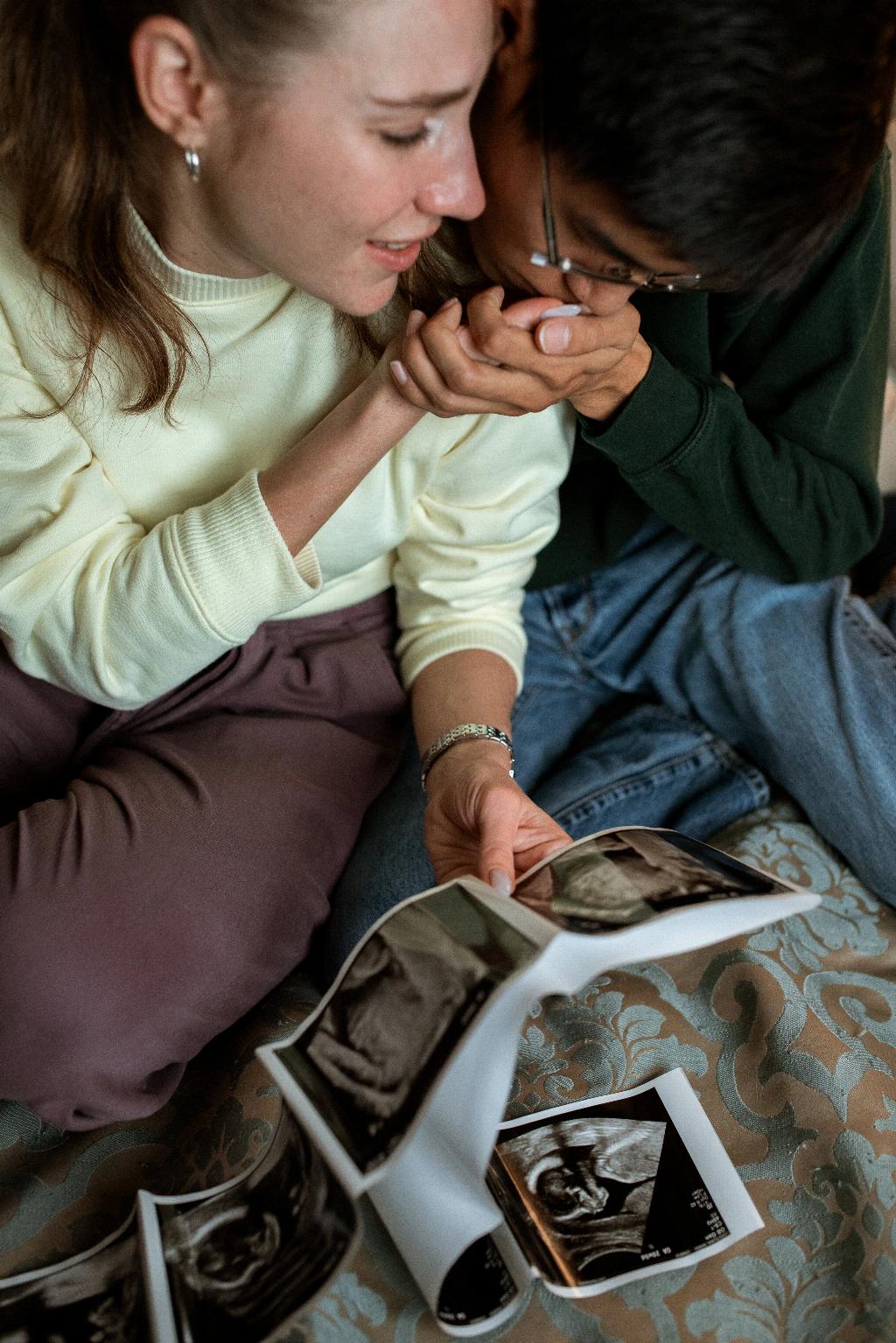Many women experience spotting or light bleeding during early pregnancy, which can be concerning if you are unsure of what is considered normal. The amount of blood during early pregnancy can vary for each individual, and it is essential to understand what is expected versus what may indicate a potential issue.
Defining Normal Blood during Early Pregnancy
Spotting, which is light bleeding that is typically not as heavy as a regular period, can occur during the early stages of pregnancy. This light bleeding is often pink or brown in color and may be accompanied by mild cramping. It is important to note that spotting is common and may not necessarily indicate a problem with the pregnancy.
Signs of Concern
While spotting is generally considered normal during early pregnancy, heavier bleeding should be monitored closely. If the bleeding is heavy enough to soak through a panty liner or if you experience bleeding that is similar to a regular period, it is advisable to seek medical attention from your healthcare provider.
Consulting with Your Healthcare Provider
If you are unsure about the amount of blood you are experiencing or if you have concerns about the color or consistency of the blood, it is essential to consult with your healthcare provider. They can provide guidance based on your individual circumstances and rule out any potential complications.
Monitoring Your Symptoms
Keeping track of the amount of blood you are experiencing, along with any other symptoms such as cramping or pain, can be helpful when discussing your concerns with your healthcare provider. This information can assist them in providing you with appropriate care and guidance.
Importance of Early Detection
Early detection of any potential issues during pregnancy is crucial for ensuring the health and well-being of both the mother and the baby. If you are experiencing any unusual symptoms or are unsure about the amount of blood you are seeing, do not hesitate to reach out to your healthcare provider for further evaluation.
Seeking Support
Experiencing any amount of bleeding during pregnancy can be unsettling, and it is essential to seek support from your healthcare provider, loved ones, or a support group. Talking about your concerns and receiving guidance can help alleviate anxiety and ensure that you are taking the necessary steps to protect your health.
Remaining Calm
While it is natural to feel anxious or worried when experiencing bleeding during early pregnancy, it is important to try to remain calm and focused. Stress and anxiety can have a negative impact on both your physical and emotional well-being, so practicing relaxation techniques can be beneficial.
Following Up with Your Healthcare Provider
After consulting with your healthcare provider about the amount of blood you are experiencing, it is important to follow up as recommended. Your provider may suggest additional tests or monitoring to ensure that everything is progressing as expected and address any concerns that may arise.
Trusting Your Instincts
As a mother-to-be, it is essential to trust your instincts and advocate for your health and the health of your baby. If you feel that something is not right or if you have any doubts about the amount of blood you are seeing, do not hesitate to seek a second opinion or ask for further clarification from your healthcare provider.
Conclusion
In conclusion, the amount of blood considered normal during early pregnancy can vary among individuals. While spotting is generally not a cause for concern, heavier bleeding should prompt you to reach out to your healthcare provider for guidance and evaluation. Remember to monitor your symptoms, seek support, and trust your instincts when addressing any concerns during this critical time in your pregnancy journey.

